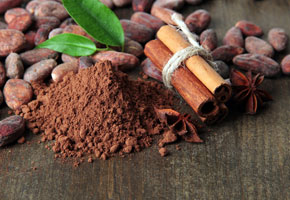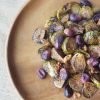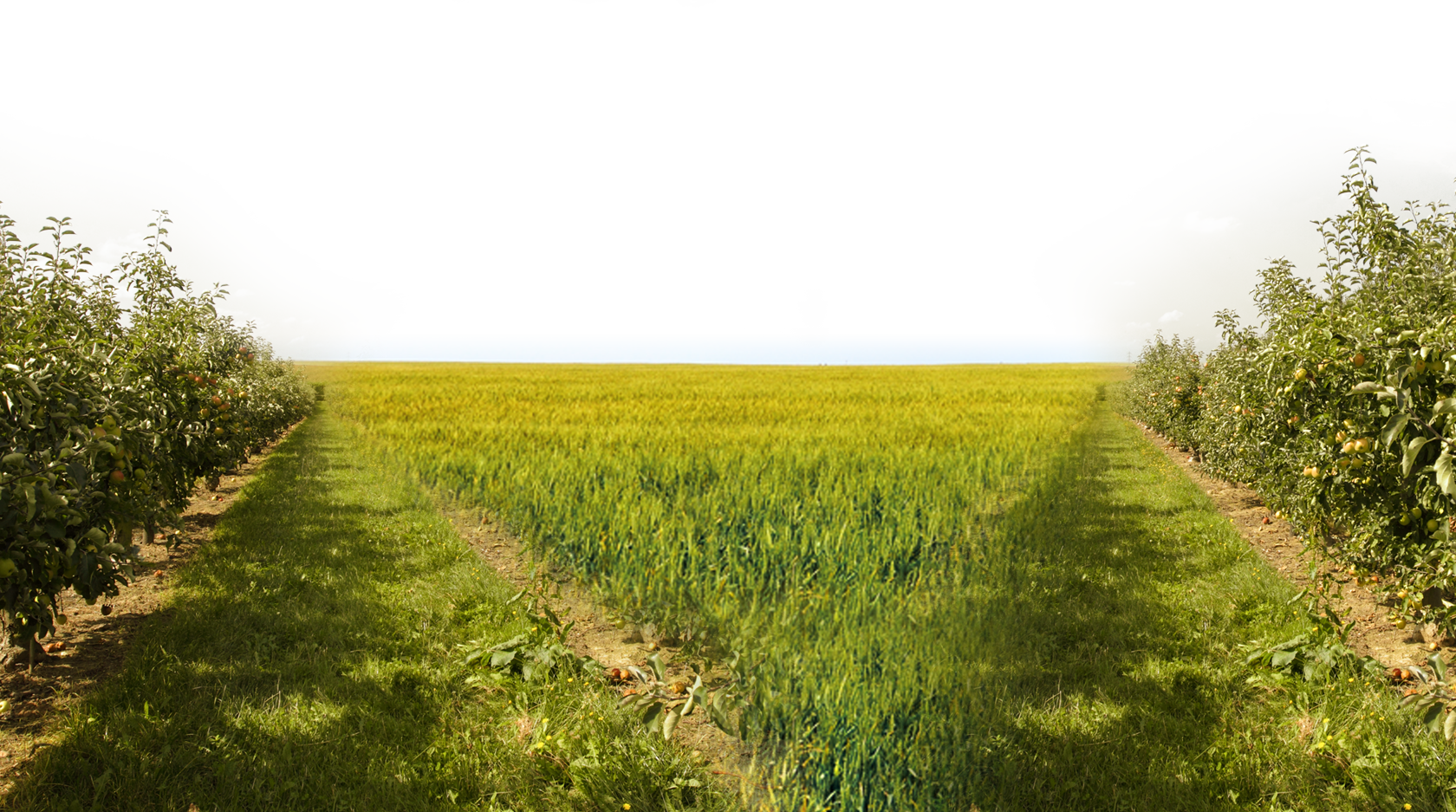
4 easy ways to hide healthy ingredients in plain sight
By Linda Bonvie | 0 Comments | Posted 11/02/2014
One of the big problems in trying to improve something – anything — be it our job, where we go to school, where we live or even what we eat, is that somewhere along the line it starts to get stressful.
And then we often give up.
Now while bettering ourselves in other aspects of life can have all sorts of “what if” questions that go along with it – eating better shouldn’t.
Because you can improve your diet and your family’s in such easy and painless increments that you won’t even know what happened. And the best way to do that is to start thinking about what super-nutritious foods you can add to your meals by hiding them in plain sight.
Here are four easy ideas to show you what I mean.
- The goji berry and peanut butter sandwich: What I do is take the usual PB&J but I reduce the amount of jelly and sprinkle a liberal amount of goji berries on top of the peanut butter (they usually stick there quite well!)
Here’s what you’re getting: Goji berries aren’t called “super foods” for nothing. They are nutrient dense with high amounts of vitamins A and C, an excellent source of protein and potassium.
- The cocoa sprinkle: Where can you sprinkle some natural, unsweetened cocoa powder today? Unlike the calories and sugar in your typical chocolate bar, unsweetened cocoa powder can add a lot of very tasty nutrition to lots of things with almost no calories (just 10 per tablespoon). How about a tablespoon in your oatmeal, or over some banana slices. Add cocoa to your yogurt, smoothie or even one of those veggie super-blender drinks. (Here’s my recipe for the amazing dairy-free, egg-free chocolate mousse).
Here’s what you’re getting: So many good things have been discovered about cocoa that it may end up being called one of the most amazing foods in the world. It can lower your blood pressure and “bad” LDL cholesterol while upping the good HDL kind. It’s good for your heart, can protect against diabetes and has an incredibly high amount of antioxidants in it.
New research is now showing that it can also help your good, or “friendly” gut bacteria (see Dr. Daria’s post telling all about that).
It’s so good for you don’t ever look at a dish again without thinking: “Hmmm, can I add some cocoa powder to this?”
- Mango madness: Now the mango is one of those delicious fruits that we tend not to have very often. That could be due to the fact that it’s a pain to peel, you’re never quite sure if one is ready to eat, and fresh mangos have a lot of fiber in them, making it difficult to slice. So here’s the solution, go with frozen mangos. They are easy to use and just as tasty and nutritious.
And here’s how you want to use them: Mangos go great with fish and chicken dishes, rice bowls and even pasta. Yes, pasta! Add some frozen cubes while cooking your dish and it will dethaw perfectly. Soy sauce, coconut and pineapple are great flavors to pair with mangos, but even without spicing them up, they are quite delicious!
Here’s what you’re getting: Mangos can lower your risk of eye diseases, including macular degeneration, as well as reducing your risk of colon cancer, improving digestion, and helping improve bone health. See Dr. Daria’s post on how mangos can also help lower your blood sugar (which may come as a surprise since they’re really sweet!)
- Taking ‘flax to the max’: For a tiny seed, flax sure packs a big punch. And it has a lot of history behind it too, which isn’t surprising since it was being cultivated in Babylon sometime around 3000 BC. (So this isn’t just another health- food “trend” we’re talking about). And getting flax in your diet is really easy.
It can be sprinkled on most anything you’re baking, in yogurt, smoothies, in chili dishes and spaghetti sauce and even in salads, soups and sandwiches. It adds a nutty flavor that goes well with just about any recipe.
Here’s what you’re getting: Flax is high on Omega 3 fatty acids (a great brain food), is anti-inflammatory and high in antioxidants, which is probably why it’s said to help prevent certain cancers. Try to add several tablespoons a day to your meals. Also, see Karen’s post on flax here, and Chelsea’s post here.
Flax can be purchased either as a whole seed or in ground form. If you get the whole seeds you must grind them before use. And keep your flax in the fridge, whatever kind you are using.
Why not do just one of these to improve how you eat today? And by tomorrow I’ll bet you’ll be doing two!


 Contact us
Contact us



























